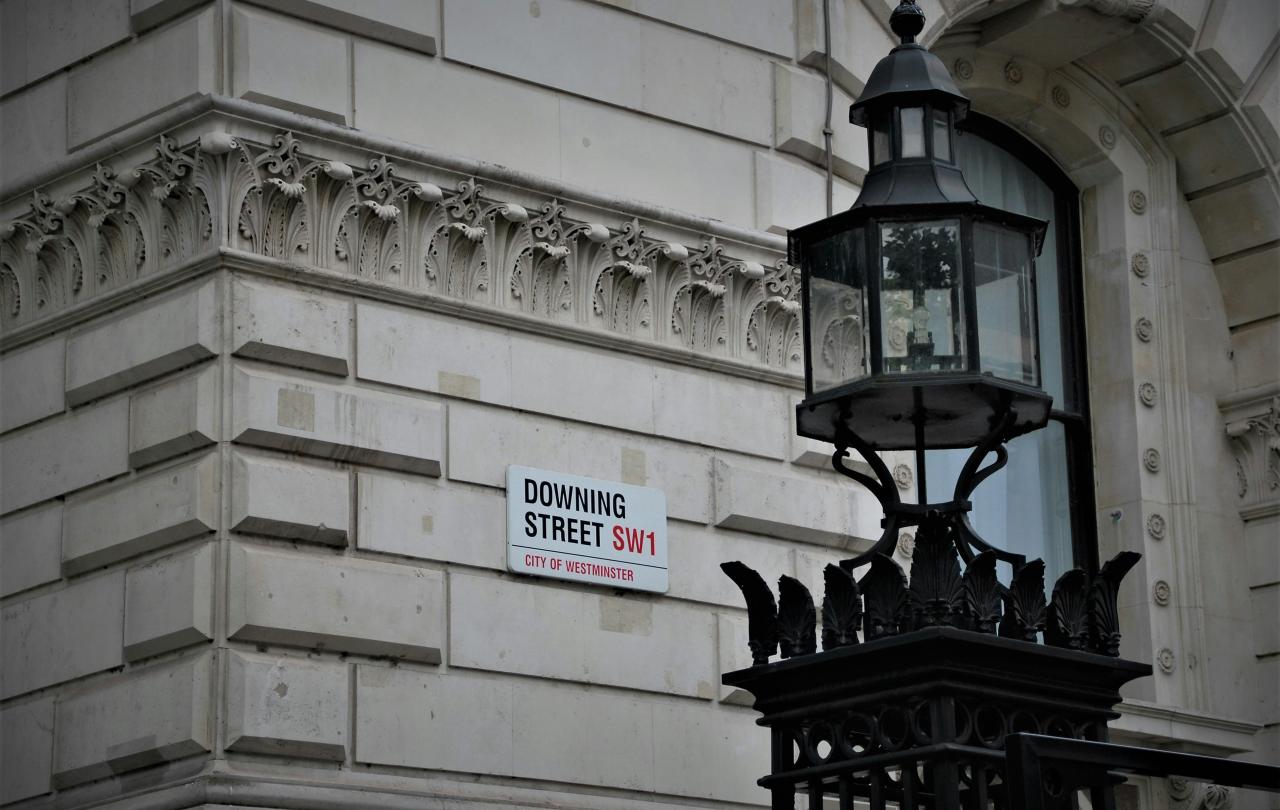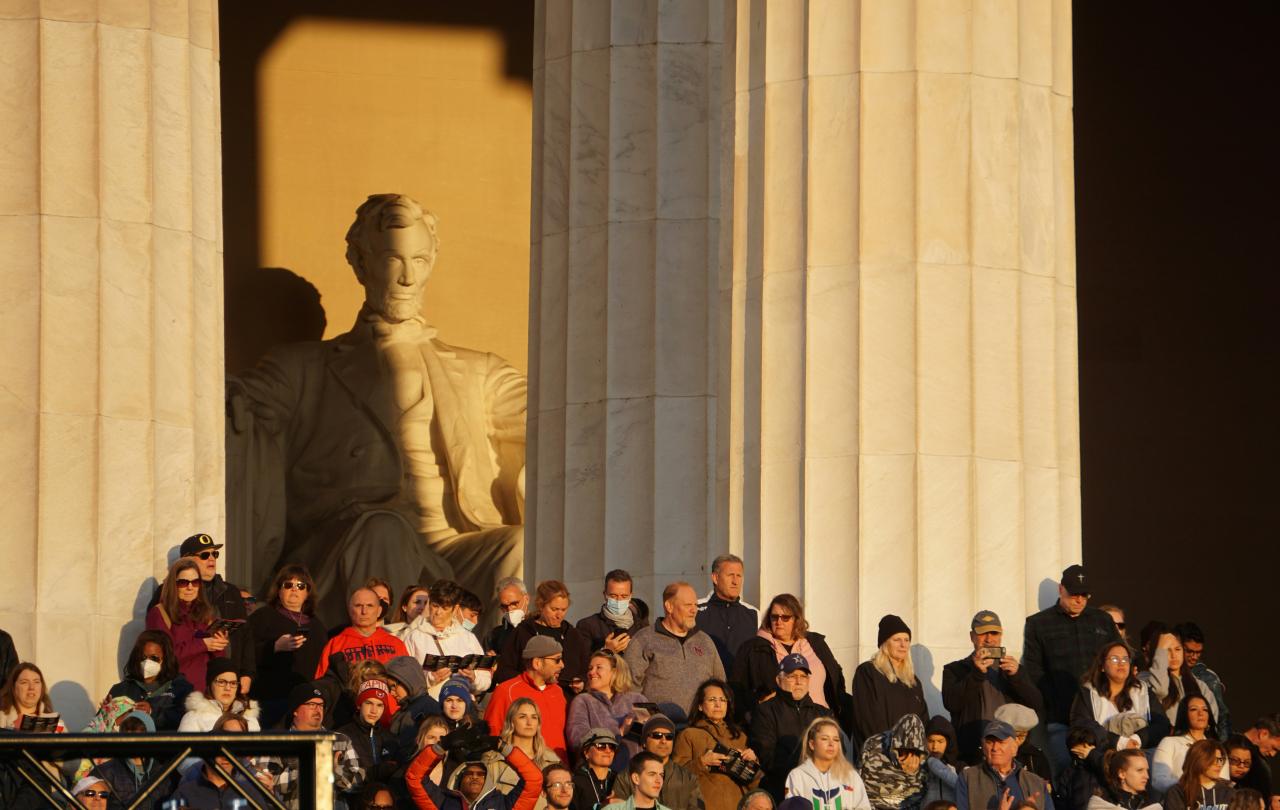
The beginning of a new government is a bit like the beginning of a new football season. Nothing yet has gone wrong. The future seems full of promise. The grim memory of last season is in the past. Hope is in the air.
Keir Starmer, in his early speeches as Prime Minister, sound some familiar notes. He speaks of “a weariness in the heart of a nation, a draining away of the hope, the spirit, the belief in a better future that we need to move forward together.” While not quite Margaret Thatcher’s invoking the spirit of St Francis in 1979, Sir Keir was reaching for something deeper than the practicalities of politics, for bigger themes, more resonant ideas. Yet there was one note that caught my eye, not just in these speeches but also before that in the election campaign – a theme that cropped up often – the need for trust.
On the day after the election, when the confirmation came through that Labour had won, in an early morning speech to supporters delivered at the Tate Modern, he said this: “Make no mistake, this is the greatest test for politics in this era – the fight for trust is the battle that defines our age.”
Keir Starmer has put his finger on something. As Martin Kettle in the Guardian put it, “Whether you approve of Keir Starmer’s election strategy or not, it is a matter of observable fact that he has centred it upon the regaining of trust.” The Labour manifesto claimed that “over the last 14 years, trust in politics has been shattered.” It went on: “sleaze and scandal have eroded trust. Just as corrosive has been the inability of politicians to keep promises made to the British people.” Among the main reasons the Conservatives were roundly rejected were the actions of Boris Johnson’s inner circle, who partied in Downing Street while families were avoiding each other and staying away from their parents’ funerals (I know – I was one of them). I'm not sure that he and his party realised how corrosive and damaging that was to public trust in government and the Conservatives in particular. Perhaps now they know.
Trust is built when politicians keep their promises and deliver what they say they will over the months and years. It wilts in the presence of political in-fighting, bets placed by election candidates, or unfulfilled boasts to save the NHS.
Hope and trust are vital things for human life. We cannot live without them. And it’s not just in politics. The Church of England has had its own troubles with trust in recent times. A report, debated at General Synod, lamented the lack of trust in the Church, setting it in the context of a general lack of trust in institutions in our society.
Starmer understands that trust has to be earned. “This lack of trust,” he said outside No 10 Downing Street, “can only be healed by actions not words.” And trust takes time. Trust is built when politicians keep their promises and deliver what they say they will over the months and years. It wilts in the presence of political in-fighting, bets placed by election candidates, or unfulfilled boasts to save the NHS.
However, to be fair to politicians, trust has not only to be earned, it also has to be given. And we have become less trusting as a nation. The IPSOS Trust Index reveals that politicians, the media, bankers and advertising executives are our least trusted institutions. An ONS survey in 2023 revealed that trust in political parties, the media, local government, and international organisations was at its lowest level for years. A survey of over 36,000 interviews across 28 countries revealed “a world ensnared in a vicious cycle of distrust, fuelled by a growing lack of faith in media and government. Through disinformation and division, these two institutions are feeding the cycle and exploiting it for commercial and political gain.”
To break what it called the ‘cycle of distrust’, it recommended demonstrating tangible progress, focussing on long-term thinking and providing credible information. Yet I wonder if the problem lies deeper than that.
Trust is a habit. It is like a muscle. The more you exercise it, the more it tends to grow. Yet the paradox of trust is that without trustworthy objects in our lives, it becomes hard to exercise that muscle. A child growing up with parents who regularly deceive and lie to him, promising but not showing up to sports events, hinting at presents that never actually turn up, quickly learns that trust doesn't work. The disappointment is too great to bear. Cynicism works better. He learns to take everything with a pinch of salt, to be wary of promises, and that a guarded attitude where the default position is not to believe is a safer option.
In a broken and fallen world, trust is a fragile thing. Some people and institutions will be more trustworthy than others, but even the best will get things wrong...
The problem politicians face is that politics, as they say, is the art of the possible, and along the way, whether due to financial constraints, or the need to do deals with allies, political opponents, or (more likely for Starmer, given the size of his majority) within your own party, compromises have to be made, promises ‘re-aligned’ if not actually broken, which is where distrust starts to creep in. Nick Clegg famously made a promise that his party would never increase student fees, yet in the cut and thrust of actually having to govern, he had to break that promise, and his version of the Liberal Democrat party never recovered.
A little while ago, I interviewed Esau McCaulley, an African-American theologian and New York Times columnist with a fascinating backstory. His childhood in the backstreets of Alabama was complicated by an intermittently absent and unreliable father, whose promises were broken again and again. Esau learnt to approach the world with wariness, burned by broken promises. Yet somehow, through the determination of a good mother and the steady influence of a local church, he learnt to trust again. As he put it: “others must own their scepticism, and I my trust, both of which arise out of deeply held convictions about the nature of reality.”
Like Starmer, McCaulley has put his finger on something. The question of whether or not we believe ultimate reality can be trusted lies beneath our cultural tendencies towards trust or mistrust. Ultimately, trust needs a transcendent object. In a broken and fallen world, trust is a fragile thing. Some people and institutions will be more trustworthy than others, but even the best will get things wrong and when those people and institutions that we have trusted implicitly let us down, it is the hardest fall of all.
Judaism and Christianity, in particular the latter, have made a big deal about faith and trust. The Bible is not a list of pithy, timeless aphorisms, but consists of a story across time – and as we saw, trust takes time. One of the central characteristics of the God of the Christian Bible is faithfulness across time. It tells the story of a God who makes a world with a regularity that can be trusted, where the sun rises and sets, light follows darkness, where the fluctuations of a dynamic planet are contained - hence the symbol of the rainbow as a sign that God will not ultimately destroy his creation. When the creation is disrupted by a primeval act of rebellion by the very species that was intended to care for the creation, God promises to send a rescuer from out of that very species to redeem it, a promise fulfilled in Jesus Christ. It then promises the as-yet-unfulfilled hope that the world will one day be healed and brought to its fullness. We do not yet see that, but on the basis of promises previously kept, we are invited to trust. The narrative arc of the Bible is a story that is designed to inculcate trust.
Contemporary spirituality does not have such a focus on faithfulness in time. An appeal to ‘find our spiritual centre’, to ‘accept the present moment’ may bring a temporary sense of peace and serenity. It doesn’t rebuild trust. Because trust, as Keir Starmer has recognised, is built slowly over time by trusting in someone who proves themselves trustworthy.
Having such a transcendent horizon of faith tends to build the muscle of trust. It turns the dial from the default of distrust to that of trust. It becomes just a little easier to handle the disappointments of broken promises in this world because ultimate reality can be trusted.
All this tells us that the deepest problems we face as the new government begins its work are not just political - they are spiritual. I for one hope and pray that Keir Starmer's government will be as trustworthy as he hopes it will be. It would be wonderful if they can rebuild a sense of trust in politics. But there are limits to what politics and politicians can do. They cannot ultimately heal our hearts from the damage done to our ability to trust. Only a faithful God can do that.
Starmer is, well known as an atheist. In seeking to build trust, he has hit the right note. In identifying trust as the key issue of the day, he is perhaps unknowingly reaching out for the God he doesn’t believe in, but who builds trust in those who do.





